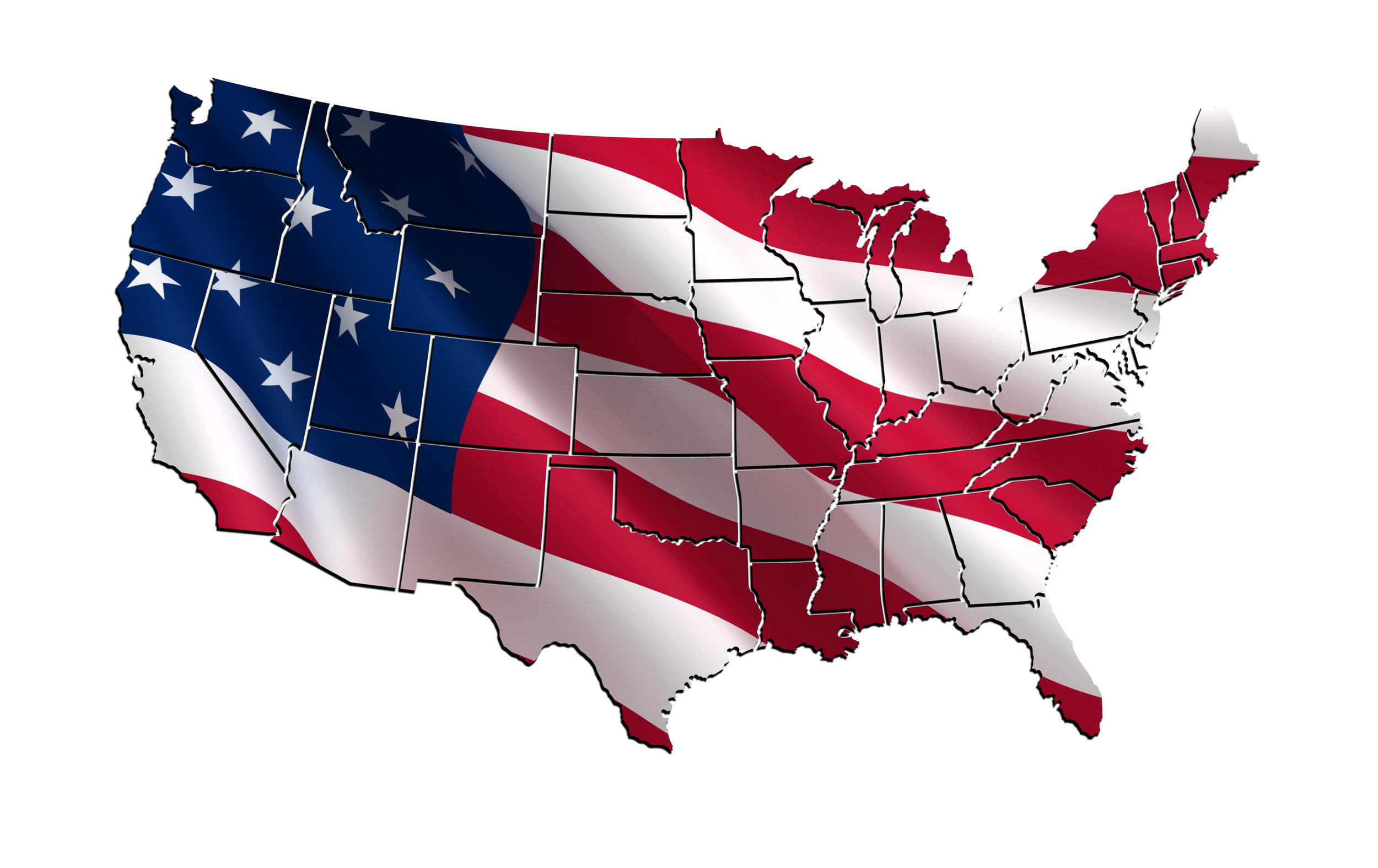Social Media Horse Sense Part I: The Thoroughbred Trainer in the Digital Age
/Published in North American Trainer, Winter 2017.
This is the first article in a two-part series on social media for Thoroughbred trainers. It examines social media usage and issues faced by trainers who wish to promote their business online. Part II will focus on broader industry issues and how trainers may use social media to affect positive change and ensure the future of the sport.
In less than 15 years, social media has changed the way Americans meet, work, shop, communicate, consume news and entertainment, find romance, and more. Few aspects of our lives have been left untouched by this remarkable phenomenon. Social media has made a limited group of people incredibly wealthy, empowered others to create new businesses or expand existing ones, and made various individuals famous or infamous.
Simply defined, social media consists of online networks that allow users to connect, create, communicate, and share in virtual communities. And Americans cannot seem to get enough. The Pew Research Center’s annual Social Media Fact Sheet on 2016 includes the following sobering statistics.
• 69% of Americans use some type of social media.
• The number of Americans using social media increased 64% in the 11 years from 2005 to 2016.
• 68% of Americans use Facebook, the most popular social media platform.
• Many Americans, including three-quarters of Facebook users, log onto social media sites as part of their daily routine.
• Most American social media users utilize more than one social media platform.
• The growth of social media is likely to remain steady for years to come.
Meanwhile, Google reported that 58% of Americans had watched at least one video on YouTube in 2016. Though some refer to YouTube as a video delivery platform, it is also a social media entity that allows commentary and conversation.
As a trainer, you may be one of the hundreds of millions of Americans who is familiar with the ins and outs of social media. You may be an occasional, routine, or even heavy user. Alternatively, you may be a hold-out who is too busy or privacy-oriented. After all, the Handbook for Thoroughbred Owners of California has described many horse trainers as “secretive” individuals who “keep to themselves.” Regardless of your personal opinion of social media, it is worthwhile to step back and examine how social media may assist in expanding your training business or, alternatively, present potential risks including both civil liability and criminal violations.
As a trainer, unless you have a full roster of owners, it is wise to have a social media presence to promote your business. Consider the many positives:
Getting Found
Traditionally, personal recommendations and referrals have been the method that owners use to learn about and connect with trainers....





